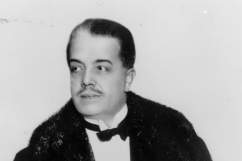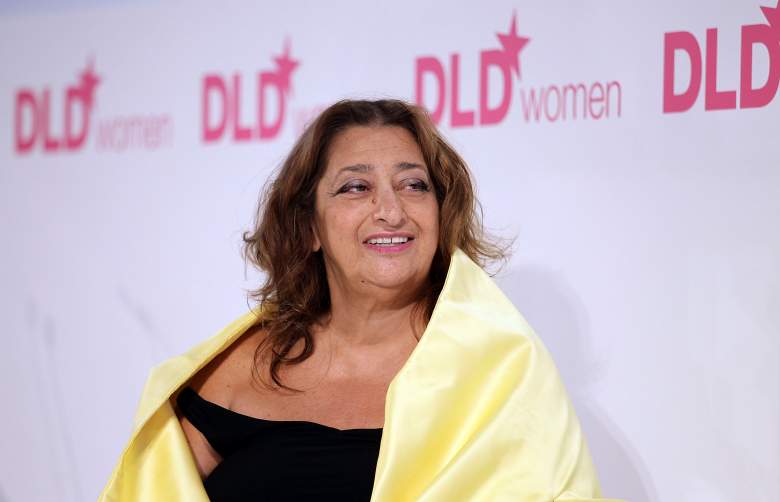
Zaha Hadid in 2010. (Getty)
Zaha Hadid, the famed Iraqi-born British architect, is the subject of today’s Google Doodle. May 31 marks the anniversary of the day she received the Pritzker Architecture Award, becoming the first woman to win. She remains one of only two women to win the award.
“Today we celebrate Dame Zaha Hadid’s contributions over her lifetime to the world of architecture,” Google notes. “Thank you, Dame Zaha Hadid, for all you’ve done to bring people together in the service of art and culture!”
The Google Doodle features a drawing of Hadid with the Heydar Aliyev Canter behind her. The building in Baku, Azerbaijan mixes historic Islamic designs with modern geometric patters to create a unique building.
Hadid died on March 31, 2016 at age 65. She suffered a heart attack at a Miami hospital. She was never married and did not have any children.
Here is what you need to know about Hadid.
1. She Was Born in Baghdad to Wealthy Parents & Studied at the Architectural Association School of Architecture
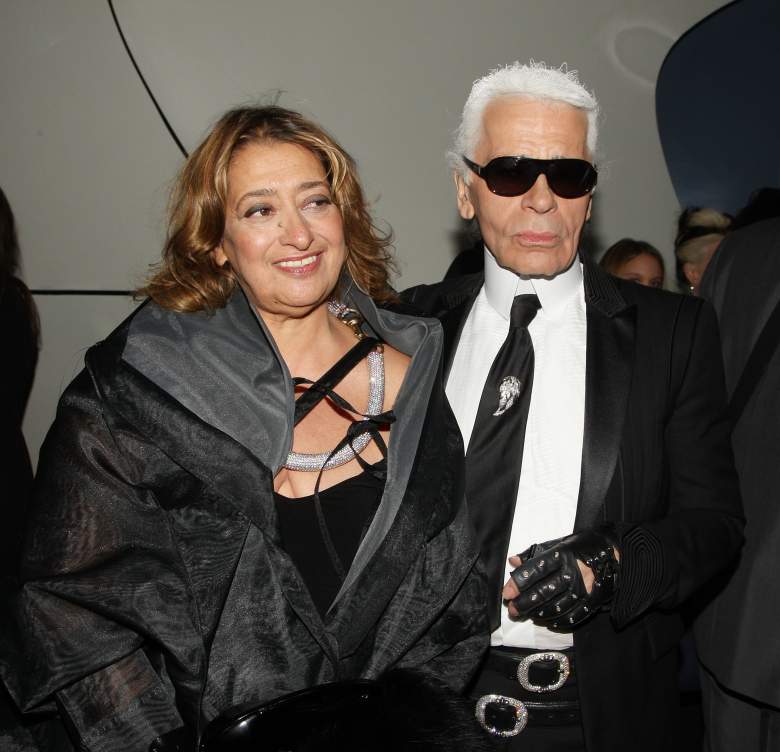
Zaha Hadid with Karl Lagerfeld in 2008. (Getty)
Hadid was born in Baghdad on October 31, 1950. Her parents were wealthy and could afford to send her to boarding schools in England and Switzerland during the 1960s. Her father was Mohammed Hadid, a politician who founded Iraq’s National Democratic Party. In the early 1970s, she first studied at the American University of Beirut and the Architectural Association School of Architecture.
The Telegraph reported that Hadid learned from Rem Koolhaas and Elia Zenghelis, who thought Hadid was “a planet in her own orbit.”
“We called her the inventor of the 89 degrees,” Zenghelis told the Telegraph. “Nothing was ever at 90 degrees. She had spectacular vision. All the buildings were exploding into tiny little pieces. One of her most beautiful designs – an absolute triumph – was her plan for a museum of the 19th century. It came crashing into the Thames from Hungerford Bridge and Charing Cross station.”
After graduating, Hadid taught at her alma mater and continued to design. She taught in the U.K. and U.S. She became a naturalized citizen in the U.K. and established her own firm in 1980. She even gained a reputation for radical designs that that didn’t come to fruition.
2. Hadid’s First Completed Project Was a Fire Station for a Swiss Furniture Firm
Legends often get their start in the most unexpected ways and Hadid’s story is no different. It wasn’t until 1993 that Hadid finally saw a project of hers go from paper to reality and it was surprisingly a factory fire station for Vitra, a Swiss furniture firm. When the company was building a new factory in Weil-am-Rhein, Germany in the early 1990s, Hadid was given an opportunity to design the fire station.
As Arch Daily notes, the fire station appears simple, but still brings to life the energy and movement presennt in Hadid’s previous paintings of unrealized buildings.
“Her paintings, while considered beautiful enough to be exhibited in art museums, were widely considered too avant-garde to be translated into physical architecture,” Arch Daily notes. “It is unsurprising, then, that one of her first major projects to make that step would hew so closely to its conceptual roots.”
The fire station never actually became what it was planned to be. Instead, it was used an art exhibition gallery.
3. She Won the Pritzker Prize in 2004, Despite Having Only completed 4 Buildings at the Time
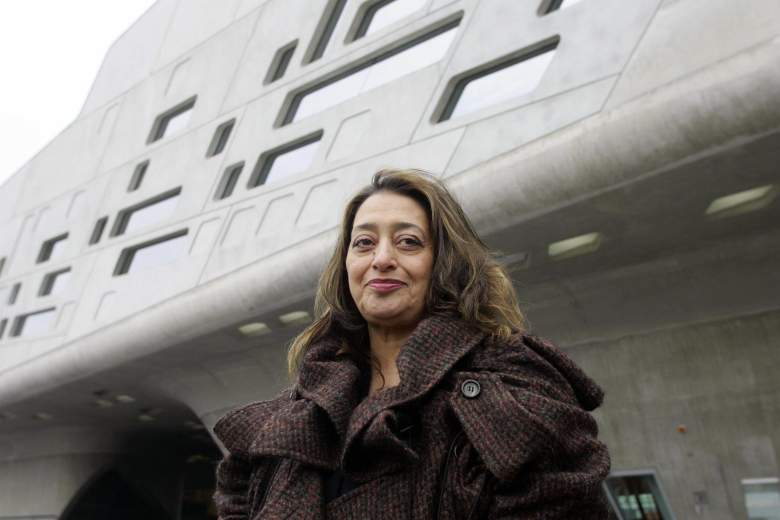
(Getty)
Hadid’s work was considered so radical and singular that, even though she had only completed four buildings by 2004, she was still chosen as the first ever woman to win the Pritzker Architecture Prize. The prize is considered the Nobel Prize of the architecture world.
In addition to the Vitra fire station, the only other designs she saw completed by 2004 included the Bergisel Ski Jump and the Cincinnati Contemporary Arts Center.
“It is gratifying to us as sponsors of the prize to see our very independent jury honor a woman for the first time,” Thomas J. Pritzker said in a statement. “Although her body of work is relatively small, she has achieved great acclaim and her energy and ideas show even greater promise for the future.”
“Without ever building, Zaha Hadid would have radically expanded architectures repertoire of spatial articulation. Now that the implementation in complex buildings is happening, the power of her innovation is fully revealed,” Vitra chairman of the board Rolf Fehlbaum said in 2004.
The Pritzker Prize launched her into international fame and she became in-demand around the world. In a 2012 Telegraph interview, she said she wasn’t a fan of the constant traveling.
“The frustration is that when you start, 100 per cent is about design,” she said in 2012. “But as you go along time is spent less and less on design and it is all about negotiations with the people in your team, with the client, with the engineers, with the consultant.”
4. Hadid Designed the London Aquatics Centre for the 2012 Summer Olympics
Hadid’s contribution to the 2012 London Summer Olympics was the London Aquatics Centre. According to The Guardian, the building cost £253 million ($325 million) to build and it earned rave reviews, compared to other buildings designed for the Olympics.
“Without question, the aquatics centre is the star building,” Amanda Levete, Stirling prize-winning designer, told the Telegraph. “It is a spectacular expression of its sport, resolved in its form and beautifully detailed.”
Hadid’s contributions to architecture were acknowledged in the U.K. In 2012, Queen Elizabeth II made her a Dame. In 2015, The BBC noted that she was the first woman to receive the Royal Institute of British Architects’ Royal Gold Medal. She previously won the RIBA Stirling Prize for designing Rome’s Maxxi Museum in 2010 and Brixton’s Evelyn Grace Academy in 2011.
5. Hadid Died From a Heart Attack at Age 65 in Miami Beach
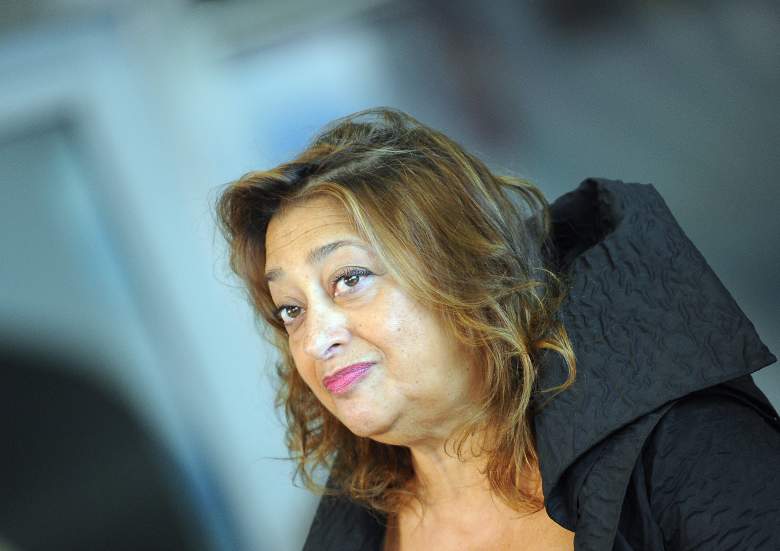
(Getty)
Hadid’s life was tragically cut short in March 2016 when she died of a heart attack at a hospital in Miami, where she had friends and a home. Her firm announced that she died at Mr. Sinai Medical Center in Miami Beach. She was being treated for bronchitis there.
“It’s immeasurable what she did. Her legacy for women is so huge,” friend Oka Doner told the Miami Herald in 2012. “As she stands in the field of architecture, so does she stands in the Middle East as to what the female mind and heart can do.”
Hadid’s last months were filled with drama. In 2012, her firm won the competition to design the main stadium for the 2020 Summer Olympics in Tokyo. But in July 2015, Japanese Prime Minister Shinzo Abe announced plans to scrap the design because the budget ballooned to $2 billion. In September 2015, Hadid announced that she would have to abandon the project completely because it couldn’t find a new construction company to work with.
“It is disappointing that the two years of work and investment in the existing design for a new national stadium for Japan cannot be further developed to meet the new brief through the new design competition,” a Hadid spokesman told The Guardian.
Hadid’s firm was also chosen to design a stadium for use in Qatar during the 2022 FIFA World Cup. This was also not without a bit of controversy, as she successfully sued The New York Review of Books for publishing an interview that made it appear as though she didn’t care about migrant deaths during the construction of the stadium. The author of the artticle later retracted it.

